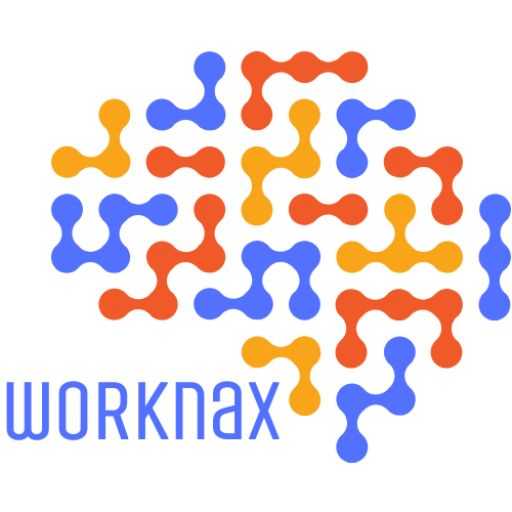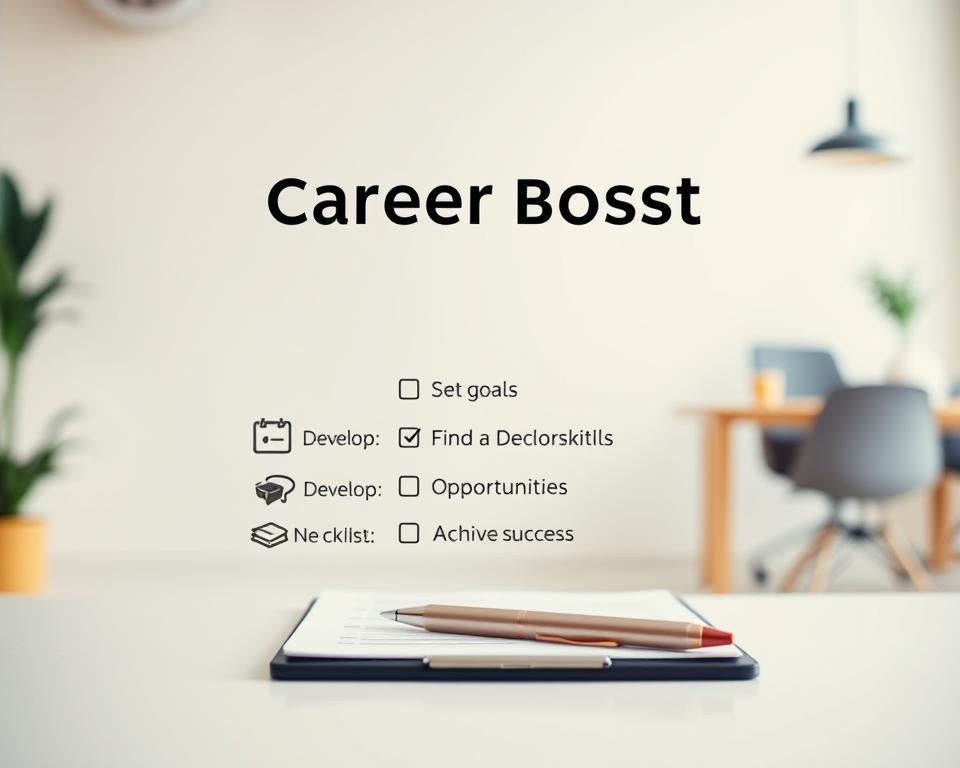Anúncios
ai for career boost can remove friction in job search, resume tailoring, and interview practice, but will it actually help you reach your goals?
You’ll get a clear view of where artificial intelligence adds value and where human judgment must lead. This guide previews practical steps, current trends, and examples you can use today. It also flags best practices to protect your data and keep information accurate.
Expect honest answers about limits, safe use, and when to rely on mentors, courses, or specialists. We show simple ways to refine a resume, practice interview answers, map skills to roles, and pick trustworthy tools. By the end you’ll have small, safe steps to try and questions to ask before adding a new tool to your development journey.
Why ai for career boost matters right now
The U.S. job market is shifting, and new intelligence tools are changing which skills matter. Employers and employees must adapt to stay relevant.
Workday’s survey finds 76% say needed skills are changing and 75% see tools helping skill development. Seventy-eight percent expect creativity to rise, while 79% say human skills grow more vital. KPMG (2025) reports 59% of U.S. respondents don’t trust intelligent systems. That gap makes transparency and verification essential.
CU Boulder advises using Microsoft Copilot only with enterprise protections and never sharing confidential data. Coursera lists practical categories: job portals, resume editors, interview practice, and networking platforms.
- Match skills to demand: align development to roles hiring now.
- Use tools wisely: speed research and job search, then fact‑check outputs.
- Protect data: avoid pasting private information into public tools.
- Track results: gather feedback and update your approach.
Practical, cautious use helps you save time and spot opportunities without handing decisions to any single tool.
Practical ways to use ai for career boost today
Use targeted methods that save time and sharpen your applications without losing your voice. Below are clear, step‑by‑step actions you can try today. Each item names tools, sample prompts, and safety checks.
Make your job search smarter
- Gather role details: search on LinkedIn, Indeed, and Glassdoor. Ask a tool to “summarize this job description and list required skills” and then verify against two other postings.
- Create an apply checklist: note must‑have qualifications, portfolio links, and tailored keywords before you hit submit.
Strengthen your resume and cover letters
- Draft first in your words: write one paragraph about the role and your fit. Then use Resume.io or Zety to map keywords and suggest metrics.
- Keep authenticity: accept only suggestions that match your real experience. Remove any sensitive data before pasting a job description into a tool.

Practice interviews with targeted feedback
- Record mock answers: use Google Interview Warmup or Big Interview. Ask for role‑specific interview questions and personalized feedback on clarity and timing.
- Refine STAR stories: turn your examples into concise STAR answers, then iterate until the message sounds natural.
Network with precision and purpose
- Optimize outreach: update your LinkedIn headline and About section, then send short, specific messages asking for a 15‑minute chat.
- Track connections: use a simple sheet to log replies, next steps, and follow‑ups.
Build the skills employers seek
- Pair technical and human skills: take short courses on LinkedIn Learning or Google Career Certificates, then create small projects that show creativity and ethical judgment.
- Measure progress: log time spent, feedback received, and one concrete example you can share in an interview.
Tip: always double‑check facts, avoid sharing private data, and treat every step as part of your longer journey. These ways make your search more efficient while keeping you in control.
Trusted tools, trends, and best practices in the U.S. job market
Begin with platforms that provide transparent privacy settings and verifiable outputs. That helps you test tools without exposing sensitive data.
Tools to try include Microsoft Copilot for quick summaries and drafting (use enterprise protections and don’t paste confidential information). Use Indeed, LinkedIn, ZipRecruiter, and Glassdoor for job search and market analysis.
Platforms to support resumes and interviews
Pair resume builders like Resume Genius, Resume.io, or Zety with practice tools such as Big Interview, Google Interview Warmup, or Career.io Interview Prep. Get personalized feedback, then edit every suggestion to match your record.
Emerging internal mobility
Gloat and Eightfold help organizations spot skills gaps and match employees to roles. Track learning and development so you can show measurable progress.
Best practices and human skills
- Verify outputs: cross-check dates, titles, and facts.
- Protect data: disable sharing when possible and read privacy policies.
- Keep your voice: treat suggestions as drafts and edit.
- Develop empathy and judgment: Workday notes human skills will matter more.
Conclusion
Small, steady steps help you turn new tools into real progress. Your career grows one action at a time. Start with one task that fits your goal. That might be refining a resume bullet, practicing a five‑minute interview answer, or reaching out to a key connection.
Use data and feedback to shape what you try next. Keep space for human skills like communication, empathy, and ethical judgment. Pick tools that match your needs and protect private information as you test them.
Need a practical reference? See this career planning guide for examples and safety tips. Pace yourself, seek mentoring or short courses when helpful, and keep iterating. Small habits add up to real job and work improvements over time.



